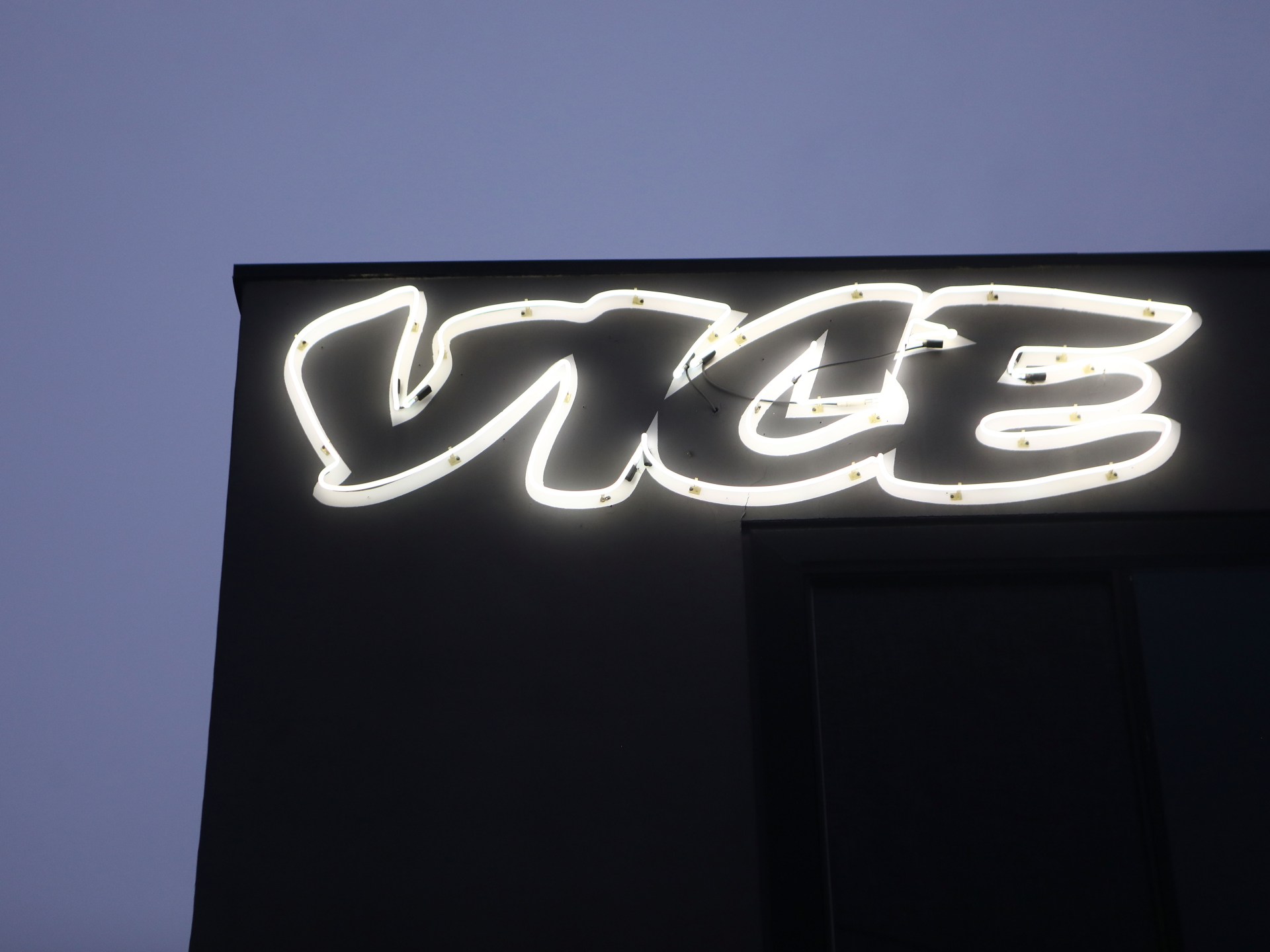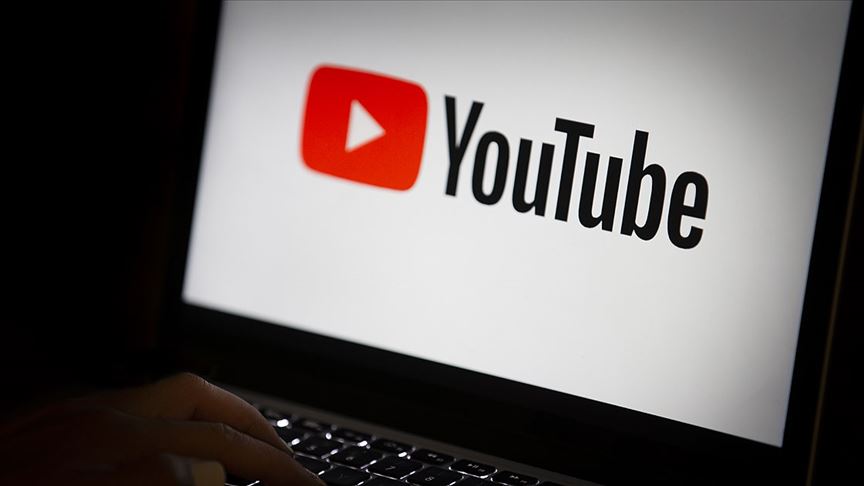
YouTube, long viewed as a decentralized platform for independent creators, is now a growing frontier for private equity investment. Backed by billions from major financial and tech entities, including SoftBank, Disney, Amazon, Goldman Sachs, and Blackstone, private equity firms have begun acquiring influential YouTube channels, often without fanfare or disclosure.
Publicly acknowledged acquisitions include Veritasium, Fireship, Donut Media, Economics Explained, and History Hit. Some of the platform’s largest channels, such as Coco Melon, Colin and Samir and Dude Perfect, are now partially or entirely owned by investment groups.
These are only the disclosed deals; many more remain opaque, as there is no legal obligation to inform the public or the audience.
The result is a gradual financialization of what was once an open, creator-driven ecosystem globally, with more limited output for the Turkish YouTube ecosystem and independent journalism.
Successful YouTube channels are not just digital content outlets; they’re efficient, lean media businesses. Their operating costs are low, and their revenue potential scales with audience growth.
For years, creators operated independently, monetizing their content through ad revenue, sponsorships, and donations. But some began proving they could turn viewership into full-fledged brand empires.
Even flawed ventures like MrBeast’s BeastBurger or Logan Paul’s Prime Energy illustrated a key point: YouTube audiences could be monetized far beyond the platform. That insight, paired with professional business management, created a new class of investable assets, one with strong engagement, low overhead, and scalable returns.
But these investments aren’t without risk. Most channels rely on a single personality, and nearly all depend on a single distribution platform. Algorithm changes, content moderation decisions, or a creator’s personal controversy can disrupt revenue overnight.
Under conventional standards, these would be considered fragile businesses. But a saturated investment market and the collapse of traditional digital media have made them attractive alternatives.

Legacy digital media companies, once heralded as the future of journalism and entertainment, are facing steep declines. Platforms like Vice, BuzzFeed, and Mashable burned through investor capital while failing to build sustainable models.
Many of these companies mirrored old media structures, with large payrolls, expensive offices, and an inability to pivot quickly, all while relying on YouTube or Facebook for distribution.
The problem wasn’t the demand for digital content. It was the inefficiency of the companies producing it.
Investors have taken note. Facing declining margins and rising competition from individual creators, shareholders are pressing media conglomerates to respond. Some, like Netflix, are trying to position themselves as partners for independent producers. Others, including Disney, have chosen a simpler path: fund the firms by acquiring the creators directly.
It’s a shift from building audiences to buying them.
For creators, selling part or all of a channel can be a rational move. Online fame is unstable. Algorithms evolve, audiences shift, and burnout is common. A private equity buyout offers financial security and often allows the creator to remain involved, at least initially.
But the dynamics change post-acquisition. Low-overhead operations are replaced by new layers of management: analysts, growth strategists and acquisition teams. Channels must now perform like assets in a portfolio, generating predictable returns. This often leads to higher output demands, increased sponsorship content, and algorithmically safe formats.
Creative freedom narrows. Financial metrics take precedence. And with it, the content begins to shift, subtly at first, then unmistakably.

Private equity firms acquiring multiple channels often use a strategy known as the "roll-up," consolidating management and resources across a portfolio of content brands. Best practices, production techniques, and marketing strategies are shared across channels to improve efficiency and performance.
This model scales easily but leads to homogenization. The graphic language starts to look the same. Video pacing becomes predictable. Creative risks are deprioritized in favor of what performs well with the algorithm.
While independent creators also adapt to platform trends, they retain flexibility. Without investor pressure or large overhead, they can take creative risks. That buffer largely disappears once financialized.
Another shift is the move away from creator-centric content. Many investors seek to mitigate “keyman risk,” where a business is overly dependent on one individual. As a result, some channels begin introducing secondary hosts or restructuring their brand identity to be less personality-driven.
For example, long-associated with Derek Muller, Veritasium has begun phasing in new voices. For investors, this transition reduces dependency. For audiences, it often weakens the emotional connection.

While the global trend of private equity entering the YouTube space is accelerating, the Turkish context presents structural and regulatory hurdles that may limit similar developments.
Despite rising monetization levels among creators, Türkiye’s digital media environment is shaped by distinct business practices, state oversight, and a fragmented advertising ecosystem.
Foreign firms may be reluctant to enter the Turkish creator economy at scale. Unlike in the U.S., where acquisition-ready, creator-led businesses are increasingly professionalized and scalable, Türkiye’s YouTube landscape remains dominated by personality-driven content and informal monetization structures.
Foreign investors are likely to encounter regulatory friction and operational opacity, with few guarantees of long-term scalability or compliance clarity.
Some of Türkiye’s highest-earning YouTubers do work with advertising agencies to professionalize their operations and revenue flows.
However, as tax pressures increase, content creators may begin to view risk-sharing arrangements, such as partial ownership or revenue-sharing deals, as more attractive. This could create limited entry points for private investment.
In Türkiye, YouTube has not only become a key entertainment platform but also a vital outlet for independent political journalism. Prominent journalists, many of whom were formerly employed in traditional broadcast media, now use the platform as a semi-autonomous space to reach politically engaged audiences.
Although there are many of them, such as Fatih Altayli, one of the most visible examples is Nevsin Mengu a former CNN Turk anchor who has built a large following with her daily political commentary and in-depth interviews. Like many others, Mengu has partnered with major corporate sponsors such as Amazon, a model increasingly common in Türkiye’s creator economy.
But unlike Western trends where media channels are fully acquired or consolidated under large holding firms, Turkish journalist-creators typically retain full editorial control. Sponsorships are often limited to branded segments or brief acknowledgments, rather than any form of direct ownership or editorial interference.
YouTube’s appeal has always rested on its diversity of voices and flexibility of format. Unlike legacy media, it allowed creators to thrive outside traditional gatekeeping.
But as private equity accelerates its consolidation of the space, the platform risks drifting toward the same institutional logic it once disrupted.
Channels become less experimental. Audiences see more of the same. The algorithm increasingly rewards safe, advertiser-friendly content produced at scale.
And as the lines blur between creative expression and financial asset, YouTube risks becoming yet another media ecosystem shaped not by ideas, but by capital.